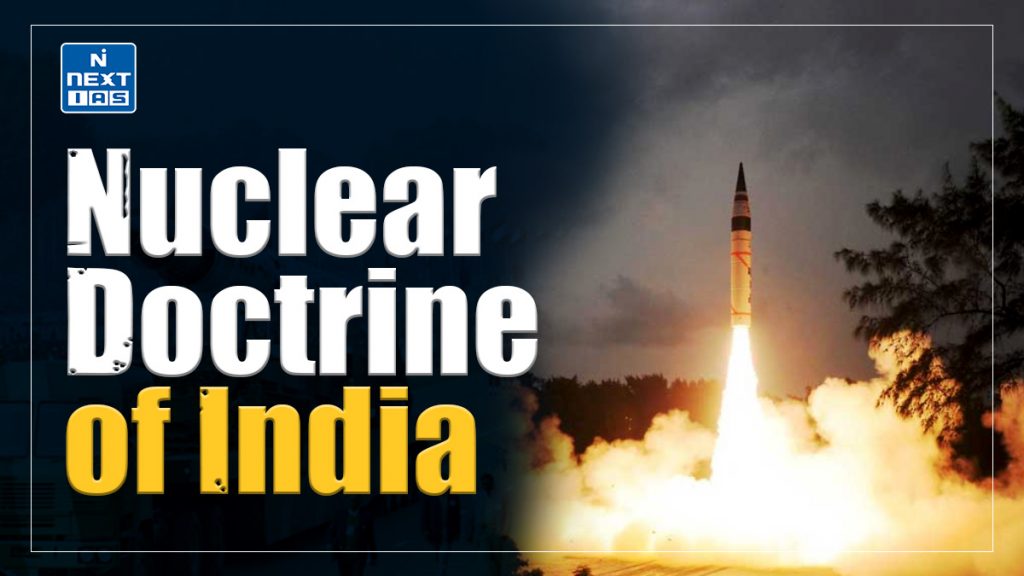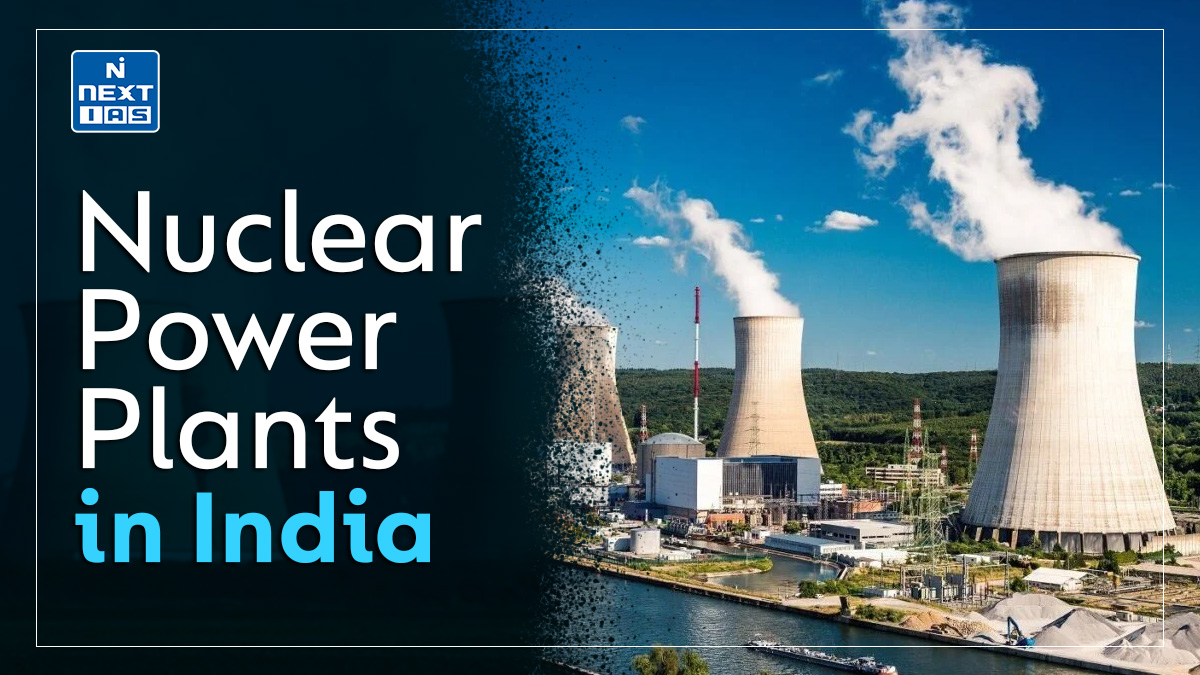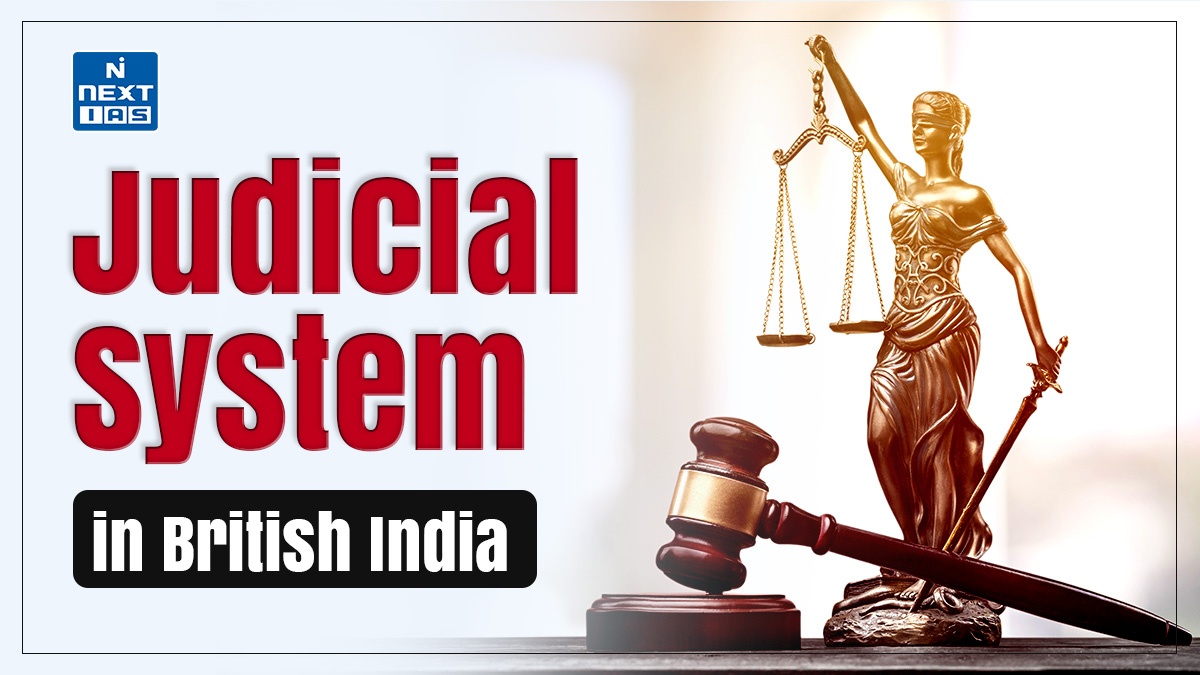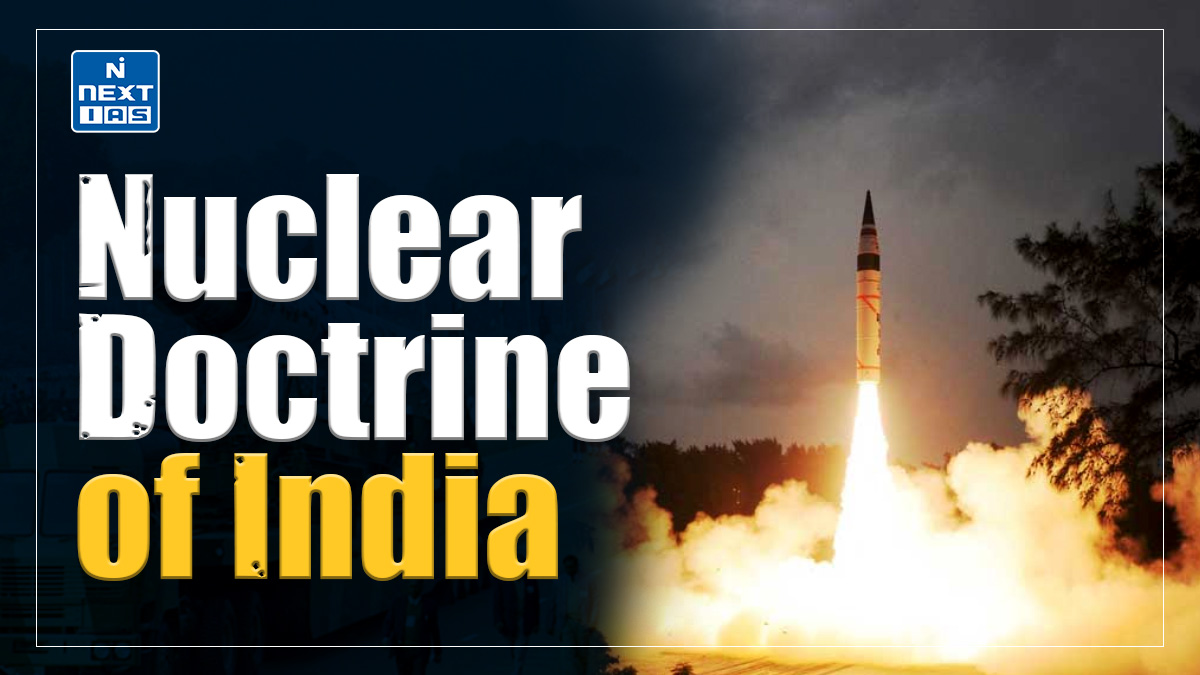
Nuclear Doctrine of India outlines its commitment to responsible nuclear weapon use. Adopting a No First Use (NFU) policy, it emphasizes deterrence and non-proliferation. The doctrine aims to maintain credible minimum deterrence while ensuring a strong command-and-control structure, reflecting India’s focus on strategic security and global nuclear stability.
About the Nuclear Doctrine of India
- India’s Nuclear Doctrine, established in 2003, reflects its commitment to maintaining credible nuclear deterrence while adhering to responsible practices.
- A cornerstone of the doctrine is the No First Use (NFU) policy, stating that India will not use nuclear weapons unless first attacked by nuclear means. The doctrine ensures a credible minimum deterrence, maintaining sufficient nuclear capability to deter adversaries without engaging in an arms race.
- Key principles include massive retaliation to a nuclear attack, ensuring unacceptable damage to the aggressor, and strict civilian control through the Nuclear Command Authority (NCA). The doctrine emphasizes non-proliferation and the peaceful use of nuclear energy, reinforcing India’s role as a responsible nuclear state.
- India’s nuclear stance balances deterrence with restraint, focusing on safeguarding national security while contributing to global nuclear stability. It underscores India’s commitment to avoiding conflict escalation and promoting international disarmament efforts.
Key Features
- No First Use Policy (NFU): India’s nuclear doctrine promises an NFU posture, and also that India will only use nuclear weapons in retaliation—though a subsequent line modulates the NFU commitment to say that India will retain the option of nuclear weapons retaliation to Chemical Biological Warfare (CBW) attacks.
- Credible Minimum Deterrence: India needs to build and maintain a Credible Minimum Deterrent. Which includes Sufficient and survivable nuclear forces to inflict unacceptable damage to the enemy, Nuclear Forces must be operationally prepared at all times, Effective Intelligence and Early Warning Capabilities, Communication of Deterrence Capability to the enemy.
- Nuclear Deterrence of Chemical and Biological Weapons: The Indian nuclear doctrine leaves Indian decision makers the option of using nuclear weapons to retaliate against CBW use.
- Command and Control: The right to take nuclear action against the enemy will only be taken by the elected representatives of the people, i.e. the political leadership of the country, although the cooperation of the Nuclear Command Authority will be necessary.
- Massive Retaliation: In case of a nuclear attack India will retaliate massively dealing huge amounts of damages to the enemy Country.
- Nuclear weapons will not be used against non-nuclear states. It means India believes in the theory of “Tit for tat.”
- Continuance of strict controls on the export of nuclear and missile-related materials and technologies, participation in the fissile material Cutoff Treaty negotiations, and continued observance of the moratorium on nuclear tests.
- India will continue to support the global initiative to create a nuclear-free world and will push forward the idea of discrimination-free nuclear disarmament.
Challenges of India’s Nuclear Doctrine
The Nuclear Doctrine of India, while comprehensive, faces several challenges:
- Credible Deterrence: Ensuring sufficient nuclear capabilities without engaging in an arms race is difficult, especially given regional tensions with neighboring countries like Pakistan and China.
- No First Use (NFU) Policy: Adhering to the NFU stance while facing evolving strategic threats, such as non-state actors or conventional attacks, may be increasingly difficult.
- Nuclear Command and Control: Maintaining secure and robust command-and-control mechanisms for quick, reliable decision-making is crucial to prevent unauthorized use or miscalculation.
- Technological Advancements: Rapid developments in missile defense, anti-ballistic missile systems, and conventional warfare challenge India’s deterrence credibility and its ability to maintain the balance of power.
- International Pressure: India faces diplomatic challenges related to global non-proliferation efforts, given its status as a non-signatory to the Nuclear Non-Proliferation Treaty (NPT).
- Strategic Ambiguity: Balancing transparency with ambiguity in nuclear doctrine for strategic purposes remains a delicate task, as excessive clarity could undermine deterrence.
Solutions for India’s Nuclear Doctrine
The Nuclear Doctrine of India, while aimed at maintaining security and strategic deterrence, presents challenges in ensuring credibility, avoiding escalation, and promoting disarmament. Some solutions for strengthening India’s Nuclear Doctrine include:
- Enhancing Command and Control Systems: Strengthening the Nuclear Command Authority (NCA) and improving communication protocols can ensure timely and accurate decision-making during crises, reducing the risk of miscommunication or inadvertent escalation.
- Advancing Nuclear Safety: Continuous development of technological innovations in nuclear safety measures and risk mitigation can help prevent accidental launches or breaches. India can invest in securing nuclear arsenals from cyber threats and unauthorized access.
- Engagement in Global Disarmament Efforts: While maintaining credible deterrence, India can play an active role in global nuclear disarmament dialogues, advocating for nuclear weapon-free zones and supporting arms control measures through multilateral forums like the Conference on Disarmament.
- Enhancing Transparency: India can improve transparency around its nuclear posture and intent, helping reduce regional security dilemmas and build confidence with neighbors while adhering to the No First Use (NFU) policy.
- Maintaining Strategic Stability: India should continue to focus on maintaining strategic stability in the region through diplomatic and military efforts, deterring potential adversaries from engaging in nuclear escalation.
Way Forward
- The way forward for Nuclear Doctrine of India involves strengthening credible deterrence while ensuring transparency and strategic stability. India may consider enhancing its second-strike capabilities, improving missile defense systems, and advancing its nuclear command structure for better responsiveness.
- Although maintaining its No First Use (NFU) policy, India could explore increasing its nuclear arsenal to address emerging regional security threats.
- At the same time, India should continue advocating for global nuclear disarmament, ensuring compliance with non-proliferation norms. Strengthening diplomatic efforts and fostering strategic partnerships will also be key to reinforcing India’s nuclear doctrine in a changing global security environment.
Conclusion
- The Nuclear Doctrine of India underscores a policy of restraint and responsibility, emphasizing credible deterrence through a No First Use (NFU) stance and massive retaliation in the event of a nuclear attack.
- With a strong command structure and commitment to non-proliferation, India aims to enhance national security while contributing to global peace and stability.
- The doctrine reflects India’s balanced approach to nuclear power, promoting both deterrence and restraint in the evolving global security landscape.
Frequently Asked Question (FAQ)
What are the three pillars of India’s nuclear policy?
India’s nuclear policy is built on three key pillars: No First Use (NFU), committing not to use nuclear weapons preemptively; Credible Minimum Deterrence, ensuring a small but effective nuclear arsenal; and Non-proliferation, supporting global disarmament while maintaining strict control over nuclear materials and technology. These principles reflect restraint and responsibility.





